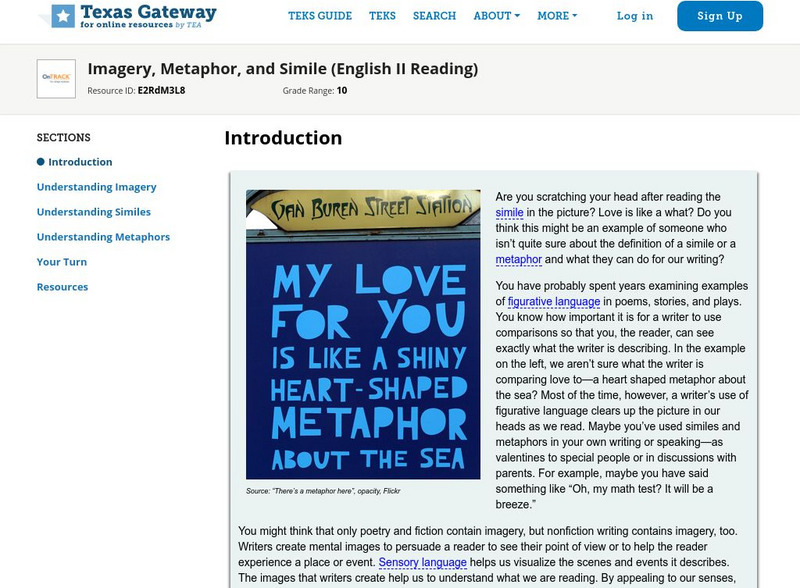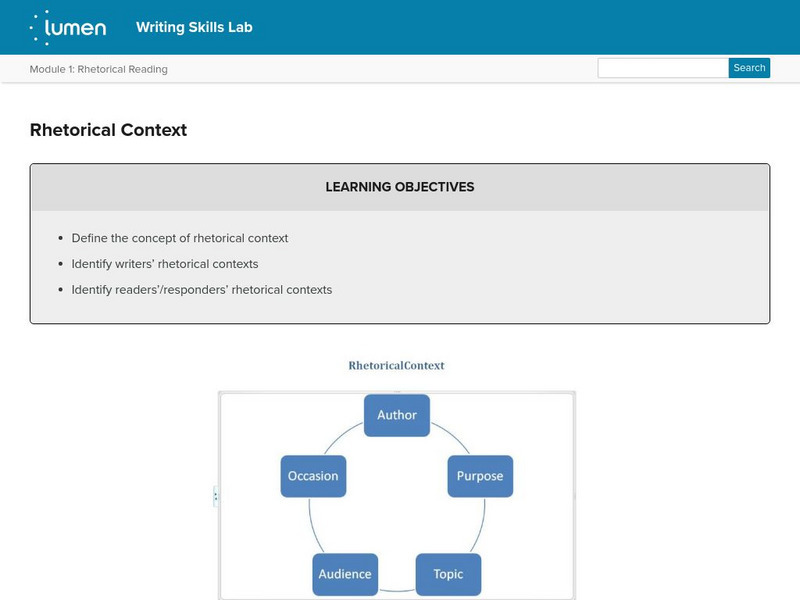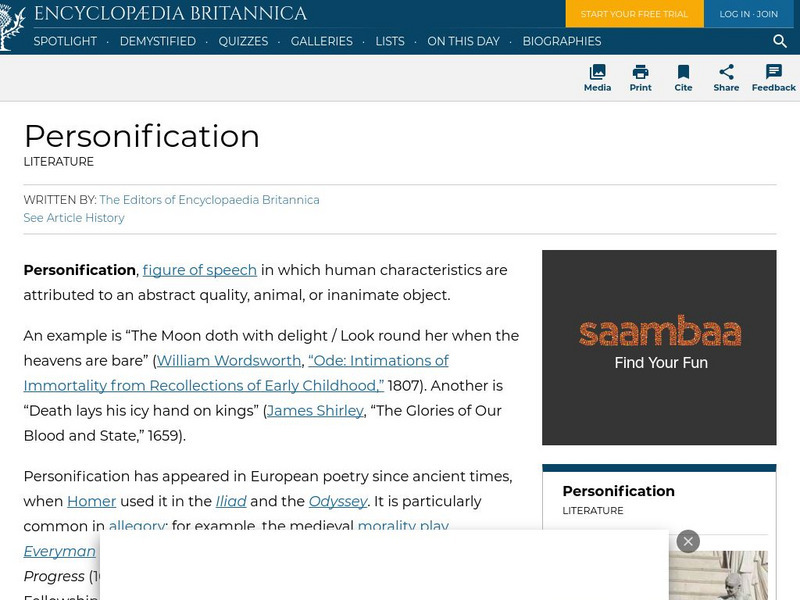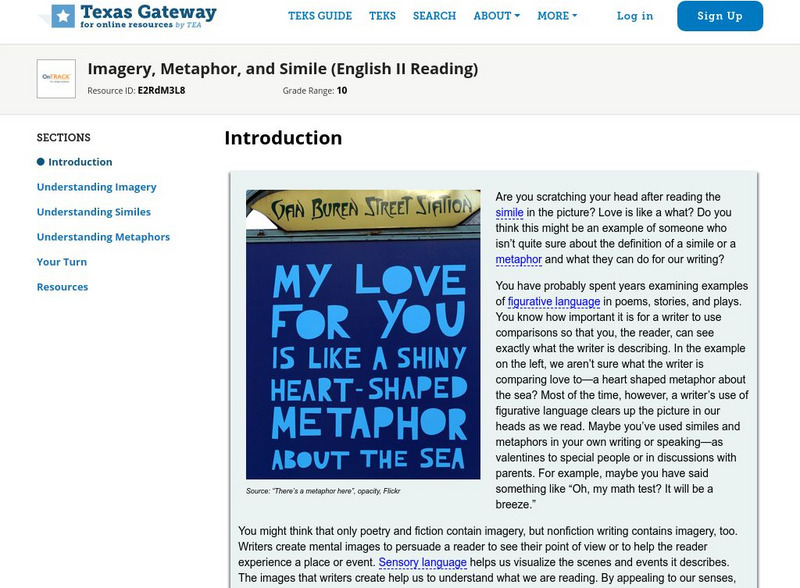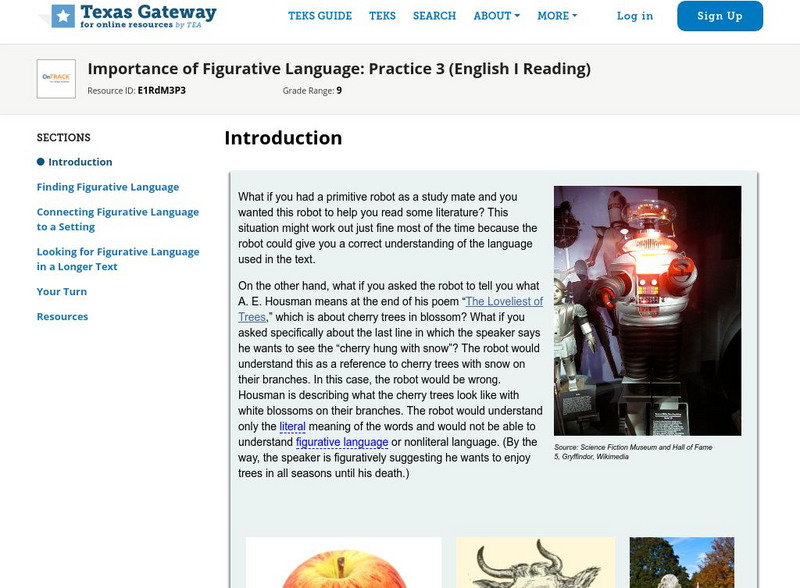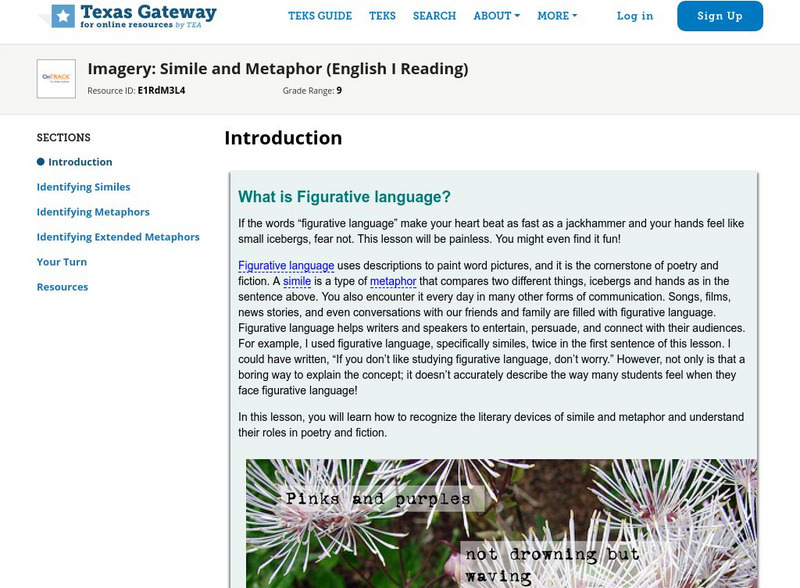Quia
Quia: Grammar: Is This Sentence Correct?
This 10 question quiz asks students to select the correct answer to questions about metaphors. Java is required.
University of Victoria (Canada)
The U Vic Writer's Guide: Literary Term: Allegory
This site provides an excellent description of allegory. Content includes a focus on two of the main types of allegories, as well as an example.
University of Victoria (Canada)
The U Vic Writer's Guide: Literary Term: Aphorism
Provides an excellent description of the element of aphorism in writing. Content includes several examples.
Hopelink
Hopelink: Reading Lesson Idea: Personal Vocabulary Notebook
This site has a simple but direct approach to building your vocabulary. Keeping a special notebook of new words can increase vocabulary, assist memorization, and encourage good study and organization skills. L.11-12. 6 Vocabulary
Virtual Salt
Handbook of Rhetorical Devices: Analogy
Defines analogy. Also explains the reasoning behind the multiple levels of comparisons within an analogy. Includes examples and quotes from famous authors.
Quia
Quia: Concentration: Literary Devices
This game asks students to match literary devices (similes, metaphors, personification, slang/dialect and allusions) with their examples while remembering where they are located behind covered squares. Java is required.
Other
Compare Two Different Mediums
Student can demonstrate their mastery of this standards by using different assessments, short answer, or graphic organizer.
Sophia Learning
Sophia: Grammar Basics: Metaphors
Learn about similes and metaphors through this multimedia presentation. First view a slide show describing different types of metaphors as well as a simile. Then watch a video [3:13] showing similes and metaphors used in popular songs. A...
Houghton Mifflin Harcourt
Holt, Rinehart and Winston: Elements of Literature: Identifying Figures of Speech [Pdf]
A graphic organizer which allows students to document and list the figures of speech they identify in a given piece of literature. These include simile, metaphor, personification, and symbol, and require examples from the text.
E Reading Worksheets
E Reading Worksheets: Figurative Language: Shakespeare
This learning module provides remediation and extra practice with identifying figurative language techniques found in excerpts written by William Shakespeare. A worksheet is available to help reinforce the concept of figurative language...
The English Teacher
The English Teacher: Writing Analogies
Analogies are useful when communicating ideas that a reader wouldn't otherwise understand. This tutorial explains how to use analogy in writing.
Texas Education Agency
Texas Gateway: Simile and Metaphor
Explain the effect of similes and extended metaphors in literary text.
Texas Education Agency
Texas Gateway: Context Clues and Analogies (English Ii Reading)
[Accessible by TX Educators. Free Registration/Login Required] Learn to find the meaning of words through analogy and other word relationships. L.9-10.5 Fig Lang/nuances
Texas Education Agency
Texas Gateway: Imagery, Metaphor, and Simile (English Ii Reading)
Evaluate the role of imagery, metaphor, and simile in literary nonfiction such as speeches and essays.
Lumen Learning
Lumen: Boundless Communications: Deploying Style Effectively
This lesson plan focuses on rhetorical devices and how to use them effectively in public speaking. These include alliteration, antithesis, hyperbole, onomatopoeia, personification, repetition and parallelism, and simile and metaphor.
Lumen Learning
Lumen: Rhetorical Reading: Rhetorical Context
This lesson focuses on rhetorical context including defining it, questions to ask to understand it, and how it can be useful to the reader and responder.
Texas Education Agency
Texas Gateway: Context Clues and Analogies (English Ii Reading)
[Accessible by TX Educators. Free Registration/Login Required] This lesson focuses on using a combination of reference materials and analyzing context clues and analogies to improve your knowledge of new words.
Encyclopedia Britannica
Encyclopedia Britannica: Literature: Personification
Explains what personification is and gives examples. Includes links to related articles on symbolism, elements of rhetoric, fables, figure of speech, and allegory.
Texas Education Agency
Texas Gateway: Literary Text: Imagery, Metaphor, and Simile
Writers use sensory imagery ("smelled the salty air"), similes ("like a strong man playing tug-of-war"), and metaphors ("the waves roaring in my ears") to capture the reader's imagination. In this lesson, you will learn how to identify...
Texas Education Agency
Texas Gateway: Importance of Figurative Language: Practice 3 (English I Reading)
[Accessible by TX Educators. Free Registration/Login Required] In this lesson, you will sharpen your skill in reading figurative language and in connecting it with the historical and cultural settings in the text.
Texas Education Agency
Texas Gateway: Imagery: Simile and Metaphor (English I Reading)
[Accessible by TX Educators. Free Registration/Login Required] In this lesson, you will learn how to recognize the literary devices of simile and metaphor and understand their roles in poetry and fiction.
TED Talks
Ted: Ted Ed: The Art of the Metaphor
How do metaphors help us better understand the world? What makes a good metaphor? Explore these questions in this video with writers like Langston Hughes and Carl Sandburg, who have mastered the art of bringing a scene or emotion to...
Alabama Learning Exchange
Alex: Plath, Personification, and Figurative Language
This project based activity will use Sylvia Plath's poem, "Mirror", to examine the use of personification and figurative language. The activity may also incorporate the use of technology to produce a multimedia project. This allows...
Alabama Learning Exchange
Alex: Literary Elements in Literature
This lesson is applicable to any story or novel in literature. The students will be introduced to twelve literary elements through a podcast. They will then be divided into small groups to complete activities involving story and literary...




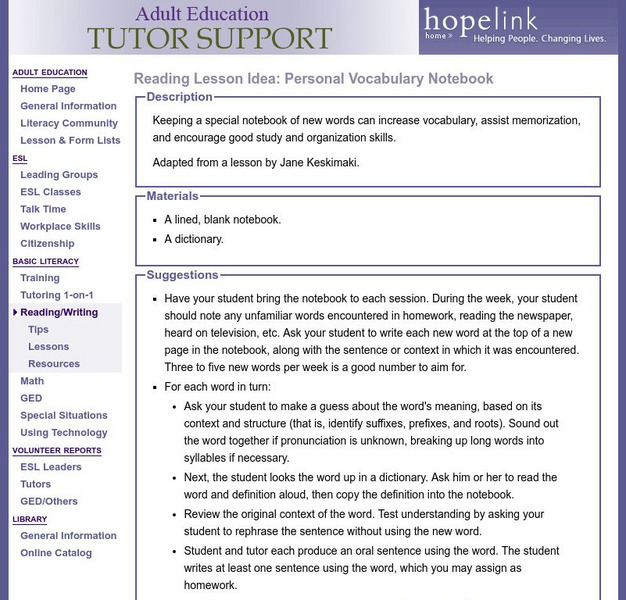
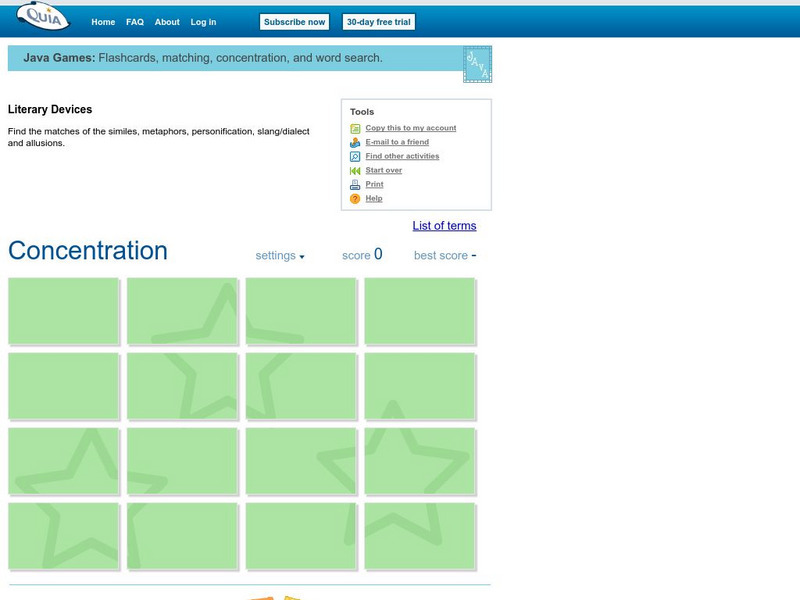

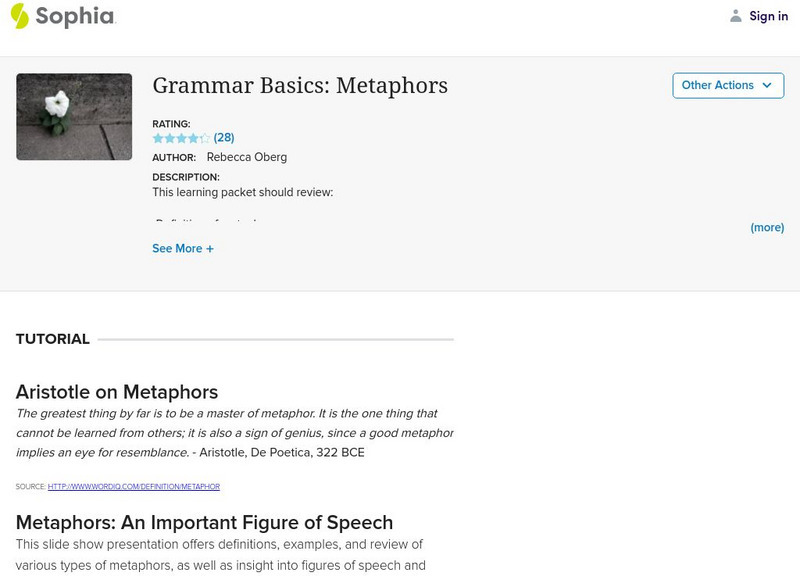
![Holt, Rinehart and Winston: Elements of Literature: Identifying Figures of Speech [Pdf] Graphic Holt, Rinehart and Winston: Elements of Literature: Identifying Figures of Speech [Pdf] Graphic](http://content.lessonplanet.com/resources/thumbnails/410154/large/bwluav9tywdpy2symdiwmduymc0yotywmi1ondh3nneuanbn.jpg?1589985628)



